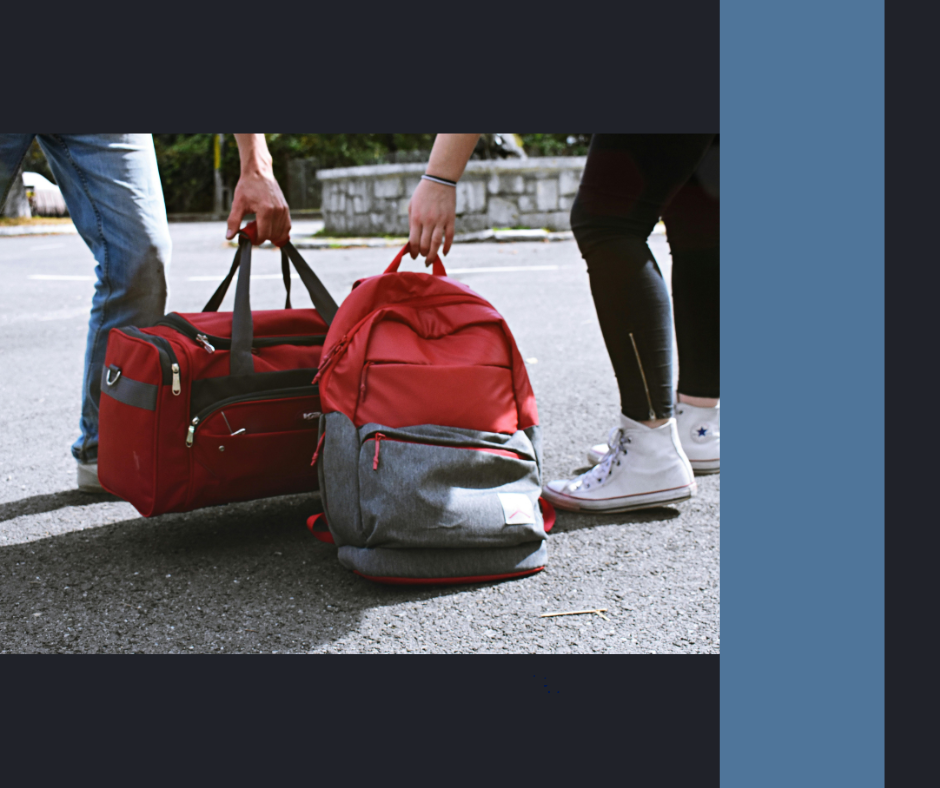
Get Home Kits: Your First Line of Defense in an Emergency
Share
Because getting home safe is the first step to surviving any crisis.
At Ready & Prepped, we talk a lot about being ready for anything. But emergencies don’t always strike when we’re at home with all our gear neatly stowed in a closet. Sometimes they hit when we’re at work, stuck in traffic, or even dropping the kids off at school. That’s where Get Home Kits come in.
These kits are exactly what they sound like—compact, practical emergency bags designed to help you get home safely if disaster strikes when you’re away. Whether it’s a power grid failure, a natural disaster, or a transportation shutdown, your Get Home Kit gives you the tools to navigate the unexpected.
Why You Need a Get Home Kit
Emergencies don’t wait until it’s convenient. Imagine these scenarios:
- A major earthquake hits while you're at the office.
- A sudden snowstorm shuts down the roads during your commute.
- A power outage strands you miles from home with no cell signal.
You might not be able to drive. Public transportation could be down. Your only option might be to walk home—or shelter somewhere overnight. A Get Home Kit ensures you’re not doing that unprepared.
What to Include in Your Get Home Kit
Here’s a Ready & Prepped-approved list of Get Home Kit essentials:
Bag
- Small, discreet backpack – Nothing tactical-looking. Keep it low-profile to avoid unwanted attention.
Navigation
- Printed map of your local area (including alternate routes)
- Compass or GPS device
- Pen and notepad (to leave messages or take notes)
Footwear and Clothing
- Comfortable walking shoes or sturdy sneakers
- Extra socks (blisters are no joke!)
- Weather-appropriate clothing – gloves, hat, rain poncho, etc.
- Reflective vest or flashlight for visibility at night
Water and Snacks
- Water bottle or collapsible canteen
- Water purification tablets
- High-calorie snacks like energy bars, nuts, jerky
Tools and Essentials
- Multi-tool
- Flashlight (with extra batteries or a crank-powered one)
- Lighter and waterproof matches
- Duct tape (you’d be amazed what it can fix)
Hygiene and First Aid
- Mini first aid kit
- Wet wipes and hand sanitizer
- Toilet paper or tissues
- Prescription meds (a 24-hour supply)
Communication and Cash
- Portable phone charger or power bank
- Emergency contact card
- Small amount of cash (small bills)
For Kids and Teens
If you’re prepping a Get Home Kit for a child or teen:
- Add a comfort item (small toy, stress ball)
- Include parent contact info, a map with a marked route, and a rehearsed plan. Check out this article on How to Create An Emergency Plan
- Make sure they know where to go and what to do if they can’t reach you right away. Check out this article on how to create a family communications plan.
Pro Tips from Ready & Prepped
- Check your kit every 6 months. Rotate out expired snacks, dead batteries, and weather-specific clothing.
- Practice your route. Walk or bike home from work or school once a year to test your kit—and your endurance.
- Keep your kit at arm’s reach. In a desk drawer, car trunk, or locker—somewhere you can grab and go.
Final Thoughts
Disasters are chaotic. Your Get Home Kit is your anchor in the storm. It's not about paranoia—it’s about practicality. If an emergency separates you from home and family, you want every advantage on your side. Ready & Prepped is here to make sure you have them.
Remember: Prepared doesn’t mean scared. It means smart.
No fuss, no fluff, no fear.
Other Articles of Interest
- Emergency Kits for Your Car
- How to Survive If You are Stranded in Your Car During a Disaster
- How to Teach Your Kids Basic Survival Skills
- How to Get Your Spouse (and Your Family) On Board With Prepping
- Emergency Preparedness Check List
- Everyday Carry (EDC) Essential for Emergency Preparedness
- What You Need to Know About Water Storage and Preparation
